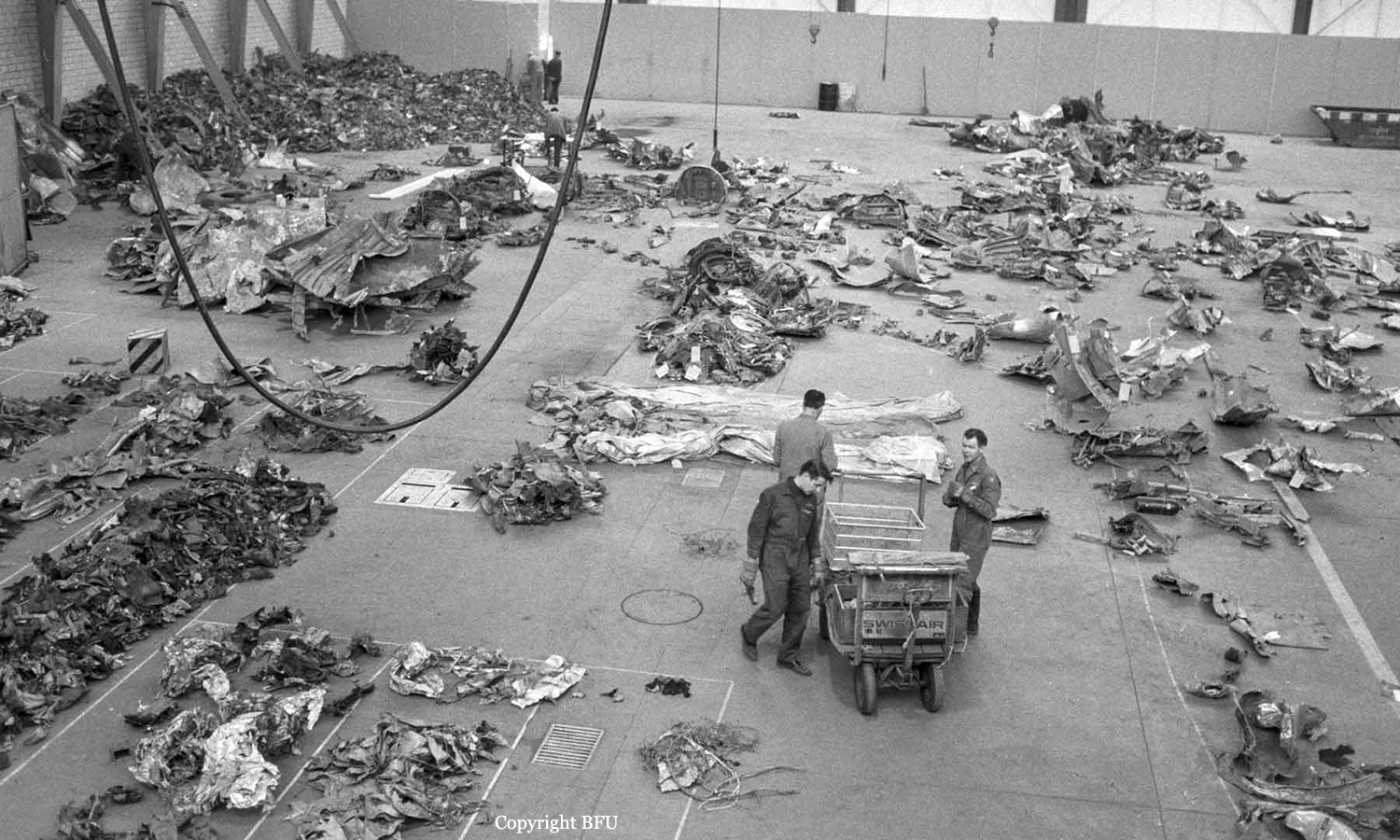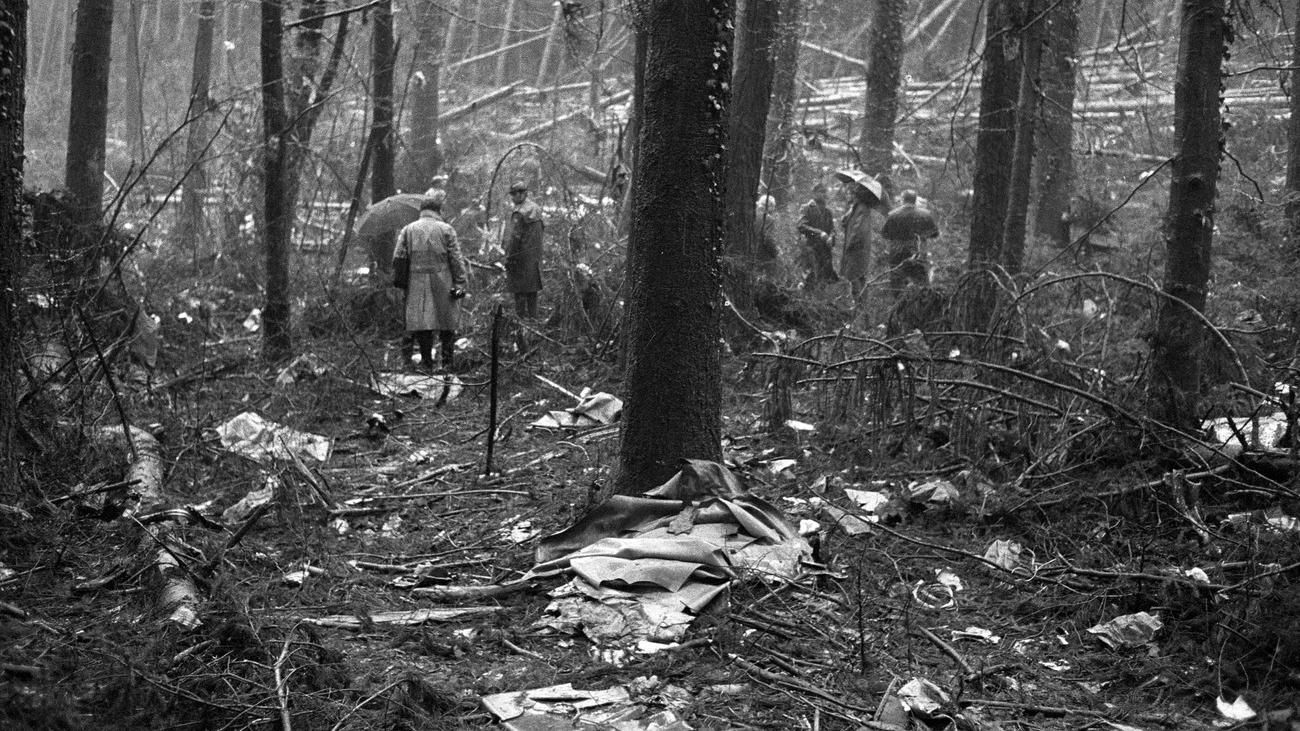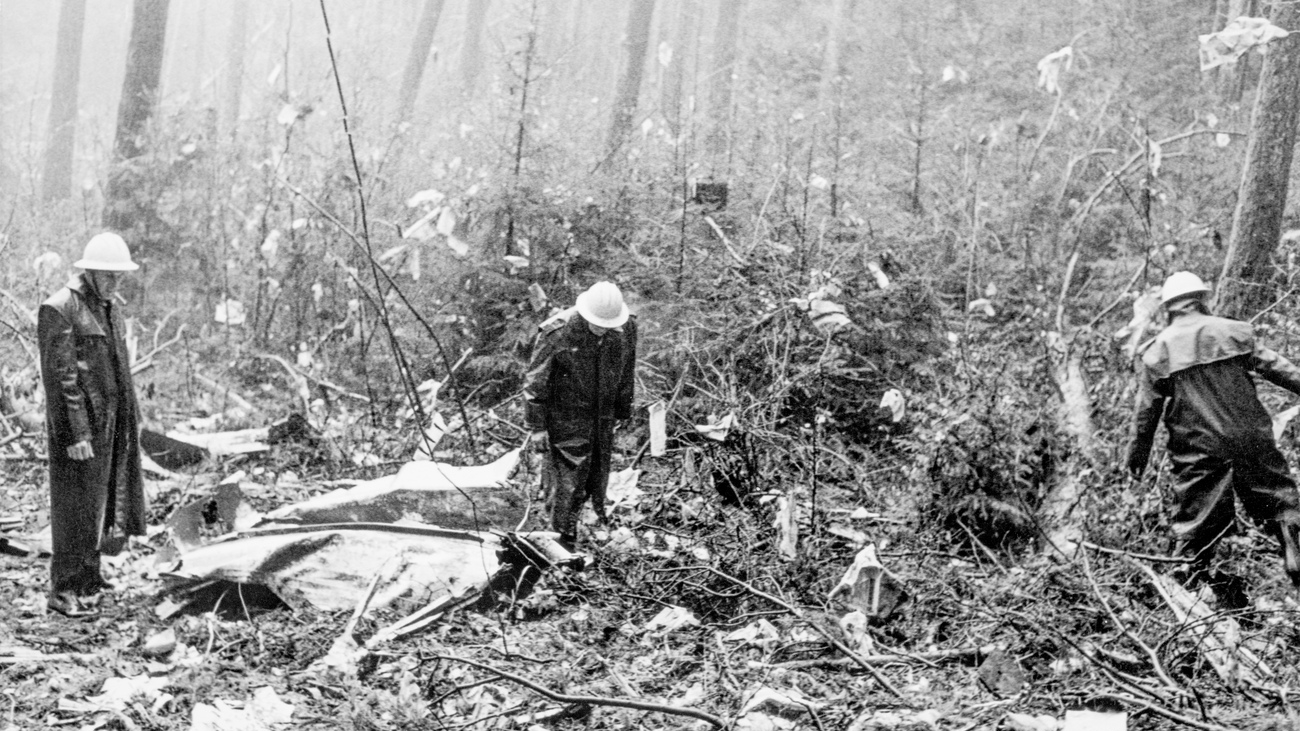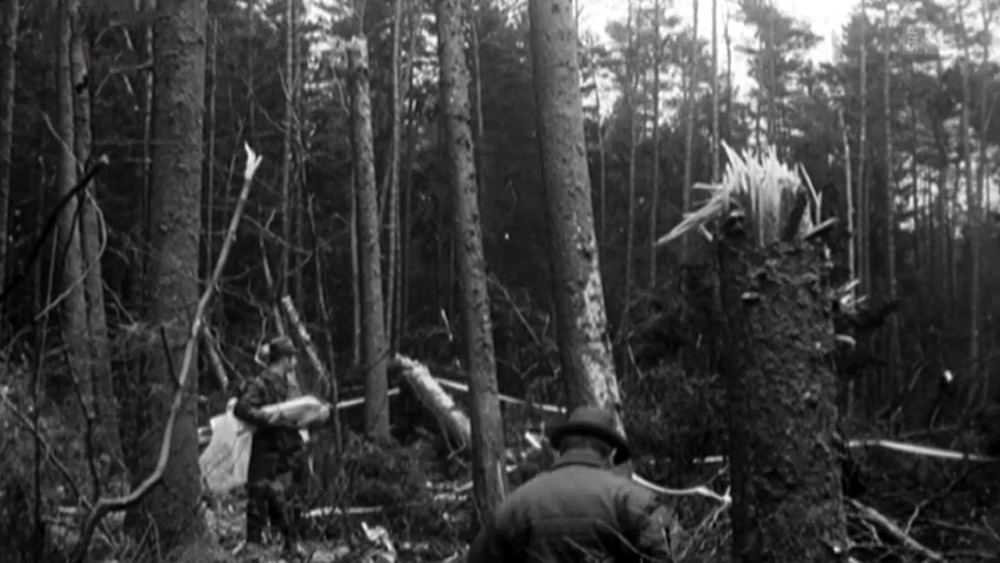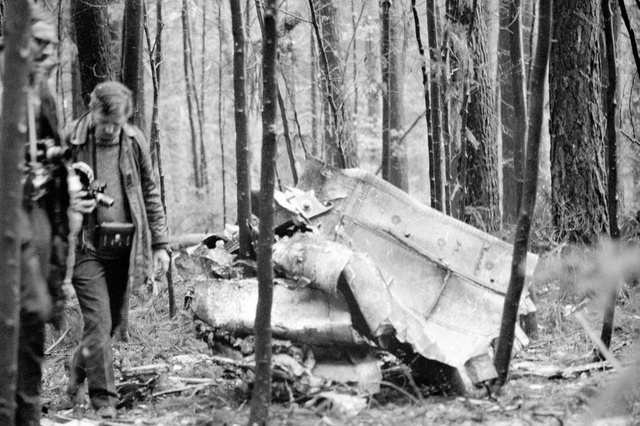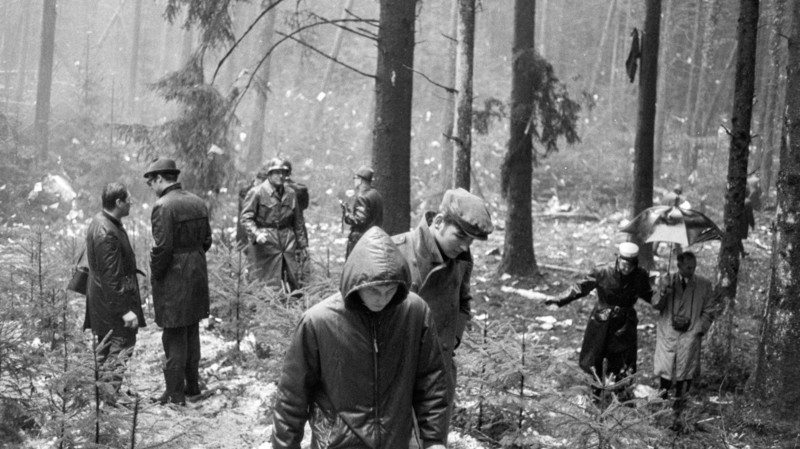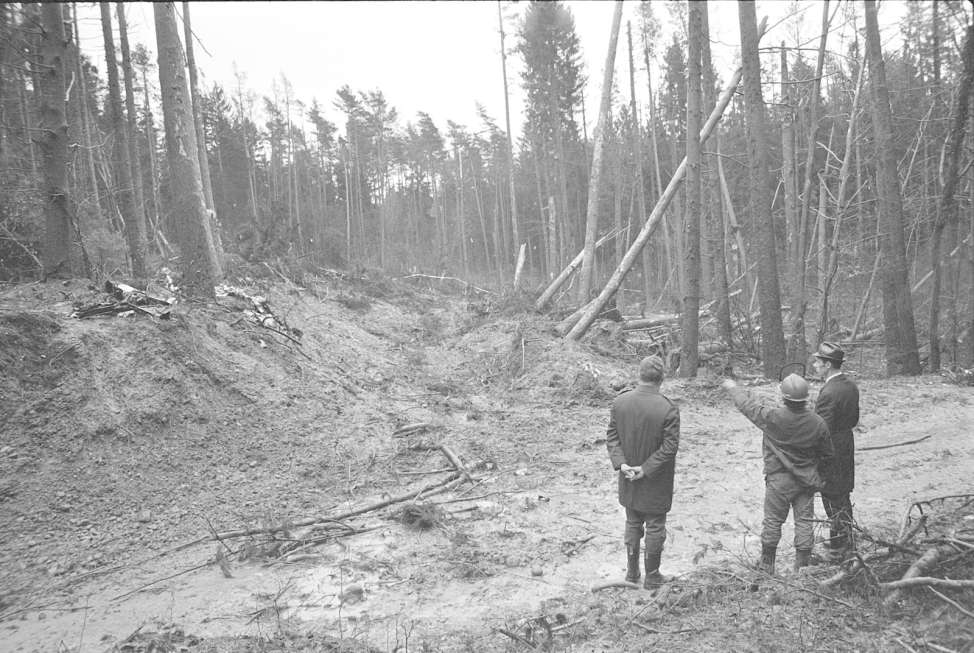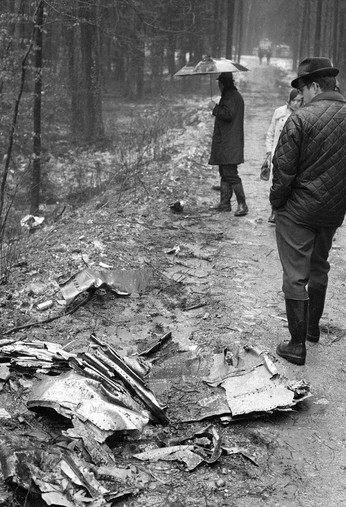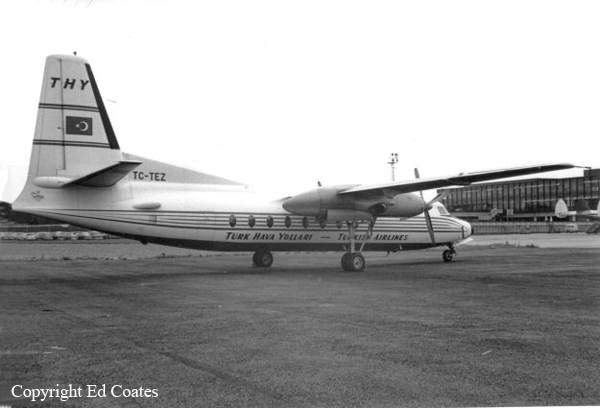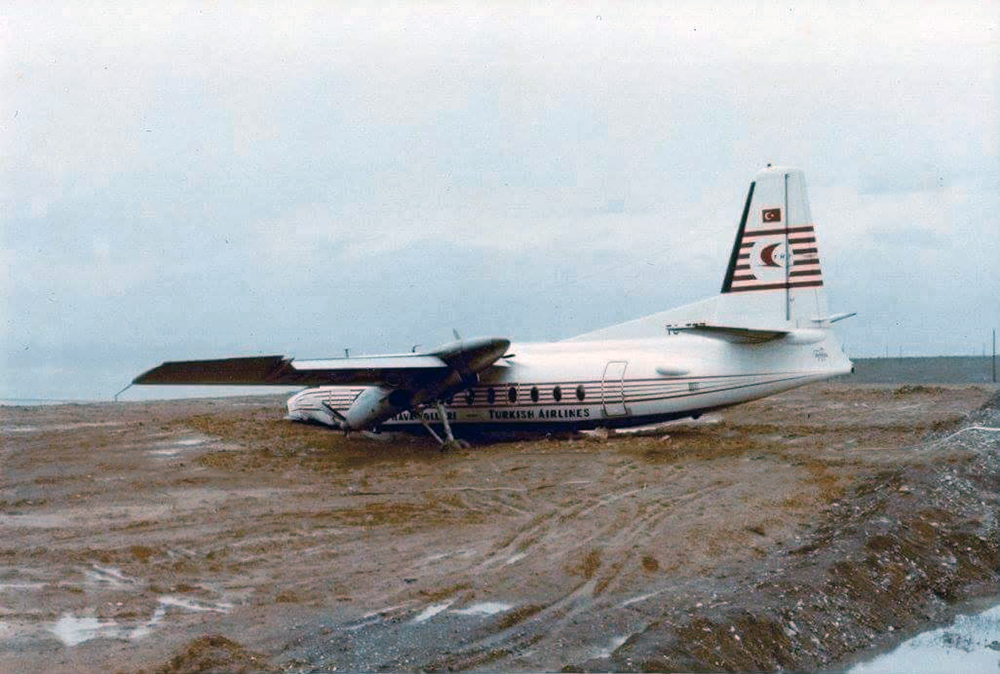Crash of an Avia 14P in Zaporozhie: 7 killed
Date & Time:
Apr 4, 1970
Registration:
CCCP-52002
Survivors:
Yes
Schedule:
Tbilisi - Rostov-on-Don - Zaporozhie
MSN:
018 602 111
YOM:
1957
Flight number:
SU2903
Crew on board:
5
Crew fatalities:
Pax on board:
30
Pax fatalities:
Other fatalities:
Total fatalities:
7
Aircraft flight hours:
21213
Aircraft flight cycles:
22259
Circumstances:
The descent to Zaporozhie Airport was initiated in marginal weather conditions but with a visibility estimated to 4 km, above the minima. On final approach, the airplane was not properly aligned on the glide and the captain failed to follow the instructions transmitted by ATC and the warnings from his navigator. Eventually, while at an altitude of 40 meters, he elected to make a go around, increased engine power and started a turn to the right but it was too late. The airplane struck the ground and crashed in a field located short of runway. A crew member and six passengers were killed while 28 other occupants were injured. The aircraft was destroyed.
Probable cause:
The captain started the approach prematurely, causing the aircraft to descent below the glide at an insufficient altitude. He neglected several procedures, ATC instructions and other crew members warning until the airplane struck the ground and crashed. Poor flight crew coordination and communication was considered as a contributing factor. Weather conditions were marginal with limited visibility but above the minima.














